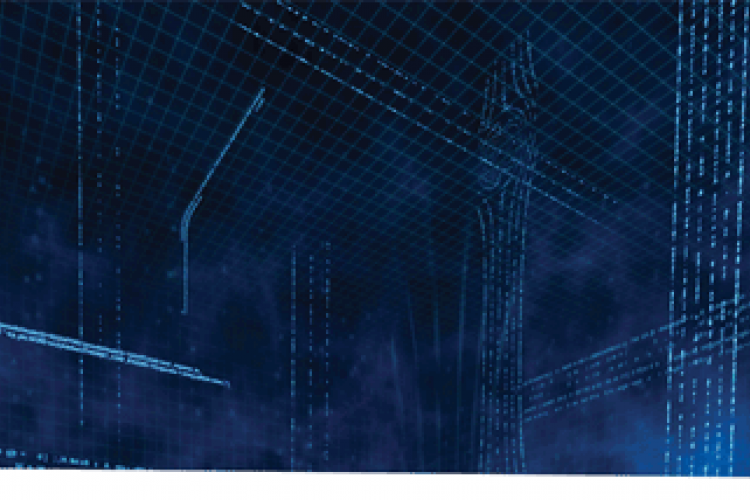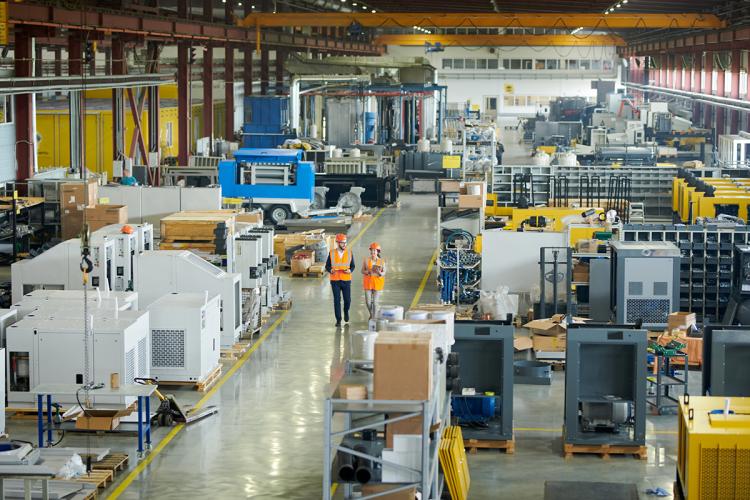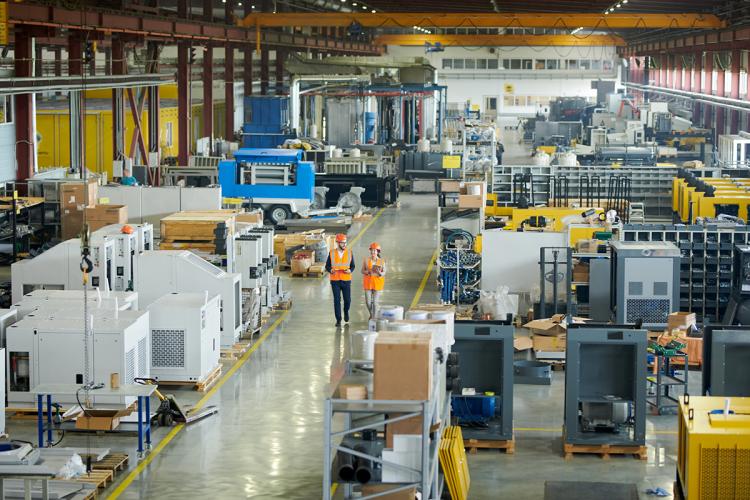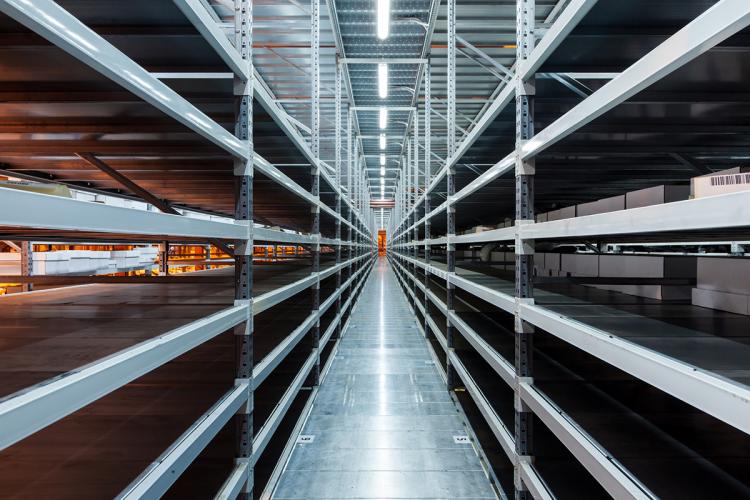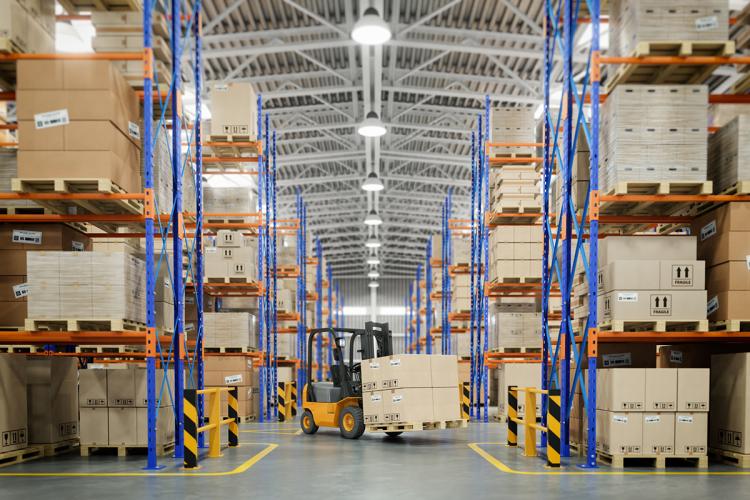Introducing the Industrial Internet
Introducing the Industrial Internet
The dichotomy between improvement on the global scale, but slowing progress in an advanced economy need not remain a constant. As we look to the future of work, we expect technology to reshape the entire economic paradigm. We see this promise taking form in the Industrial Internet, a new reality taking shape as sensors are embedded in machines, predictive maintenance creates new levels of efficiency and intermachine communication boosts productivity, which in turn boosts job growth.
The Industrial Internet means that everything on the factory floor can become interconnected, and the factory machinery can subsequently communicate with the supply chain and distribution channels. The result is more flexibility, more speed and a faster pace of innovation as the global brain is tapped through collaboration and crowdsourcing.
The global brain deals with the idea that there are millions or billions of people and machines out there that can help to solve problems, whether they’re close by, in Warsaw, in Singapore or otherwise. If you know analytics, we can give you access to useful data in a very safe, secure way so that you can help figure out how to make correlations and solve problems that may otherwise be overlooked.
We are already seeing benefits emerge here: Our ecomaginationSM team hosted eight crowdsourcing competitions, for instance, to accomplish feats like reducing sea water desalination energy costs—70 percent of overall costs—to overcome challenges in remote locations. In locations like Saudi Arabia, where 1 million barrels of oil are used every day to power desalination machinery, this is a huge benefit that could not have been achieved without tapping into the global brain. As the cost of storing, processing and generating data falls rapidly, challenges such as this will be ever more easily and cost effectively overcome.
We see connectivity boosting wind power generation by approximately 20 percent. We see an increase of roughly 10–20 percent in the velocity in railways that can be more efficiently navigated when machines can better interact with one another. Less energy is wasted, and less fuel is unnecessarily burned—results that are not only enviable from a sustainability standpoint, but game changing for the companies that can reinvest the gains from these savings.
The positive impact of these new technologies has been proven, and we are still at the early stages of Industrial Internet deployment. In short order, we will likely find that those companies willing to change their business models to embrace further connectivity like that brought on by the Industrial Internet will be the ones that not only survive, but thrive.
Merging the digital and physical worlds in an efficient manner requires not only sensor-based hardware upgrades, but powerful software platforms that allow disparate systems to effectively communicate, huge volumes of data to be channeled and analyzed, and insights to be acted upon.
With these systems in place, we will find that connected machines will become fundamentally different, much in the same way connected smartphones redefined the way we thought about mobile phones. Intelligent connectivity creates an entirely new dimension from which efficiency and other benefits can be derived without making overly substantial changes to physical equipment.
What will the Industrial Internet mean for your business? Learn more with the with the Insider's Guide to the Connected Future.


